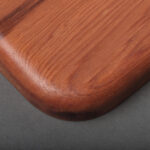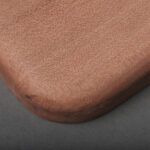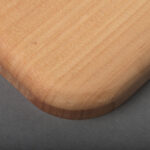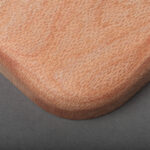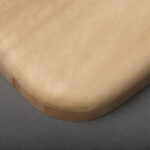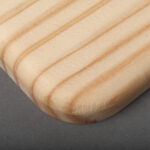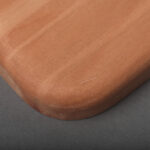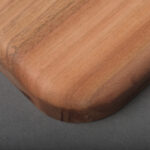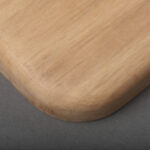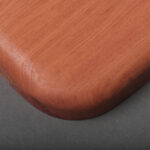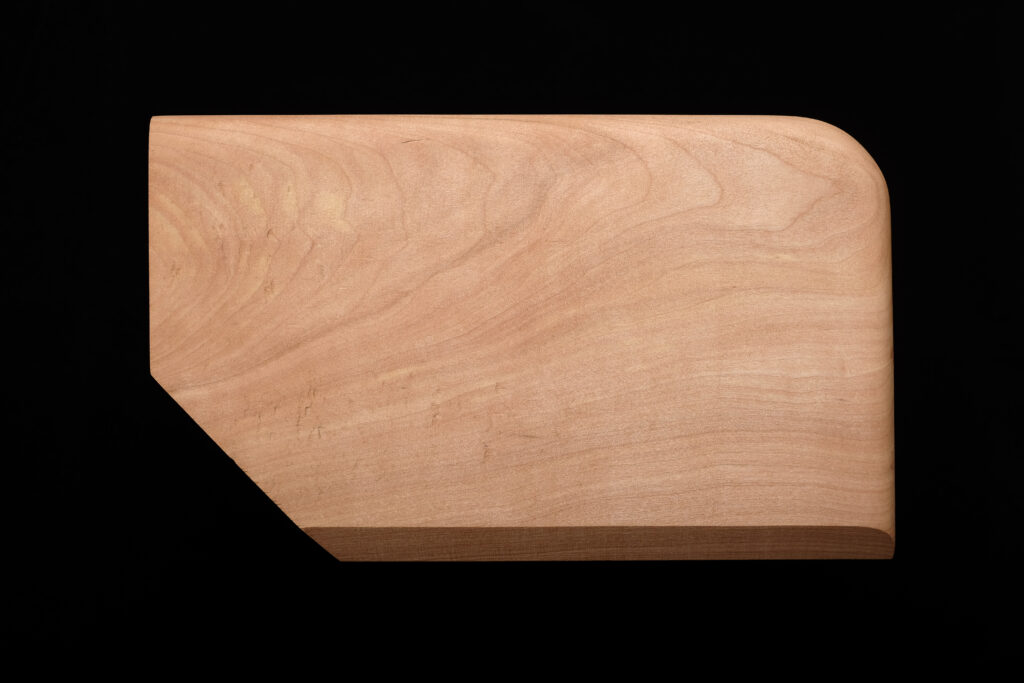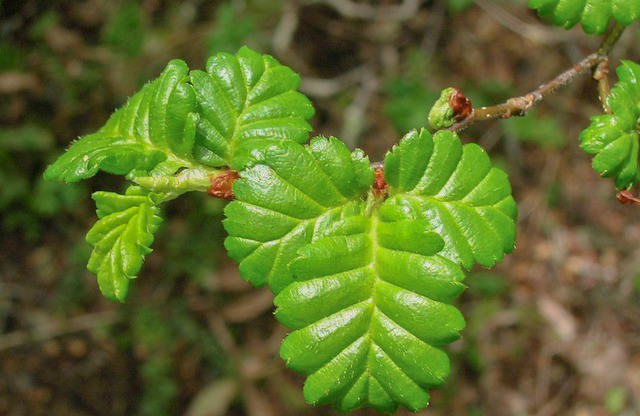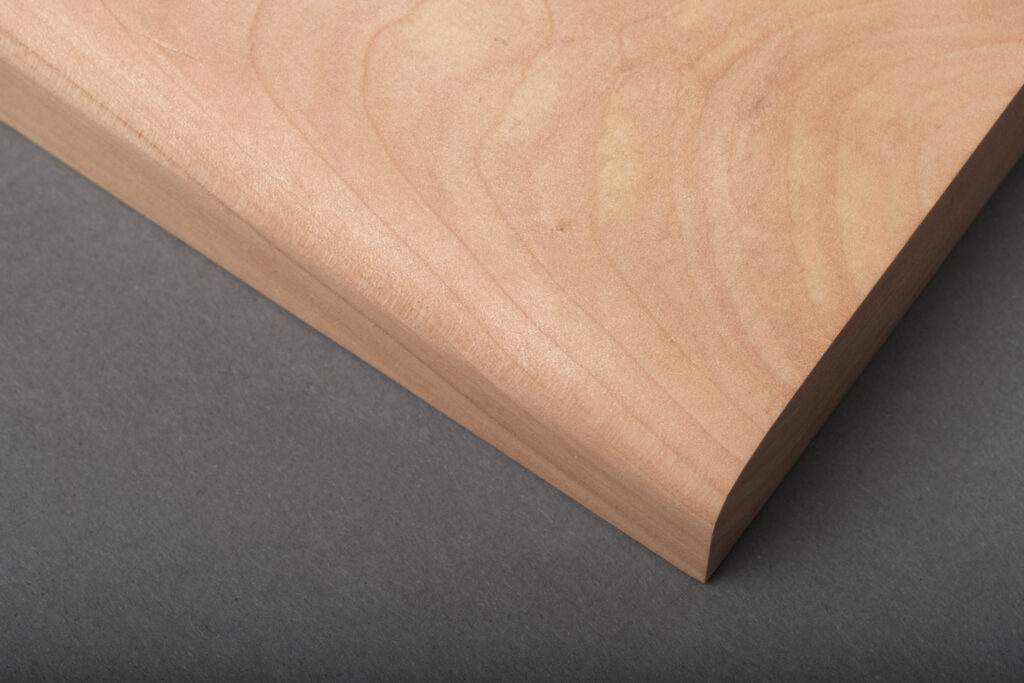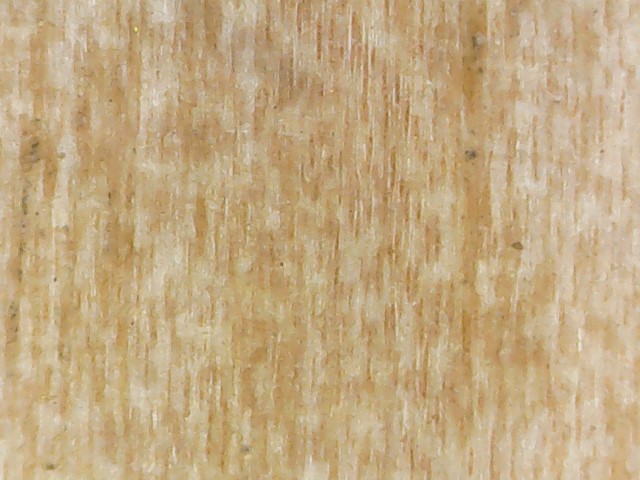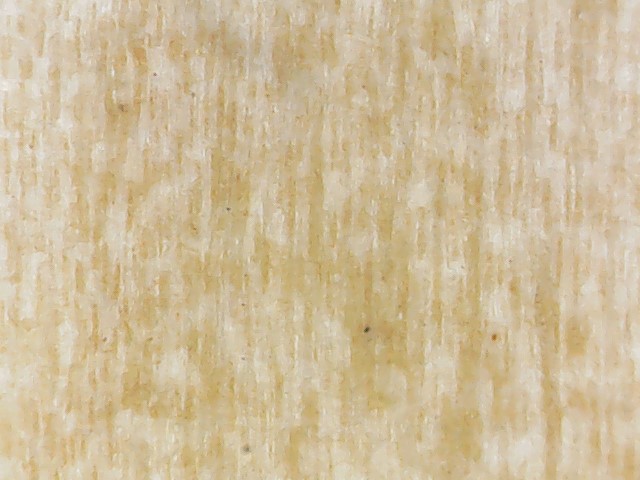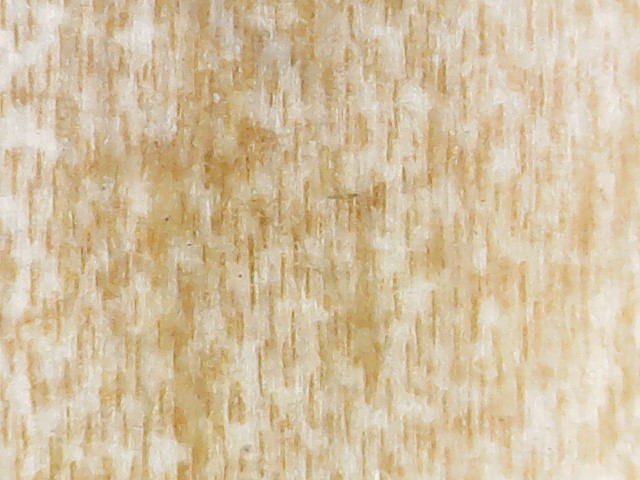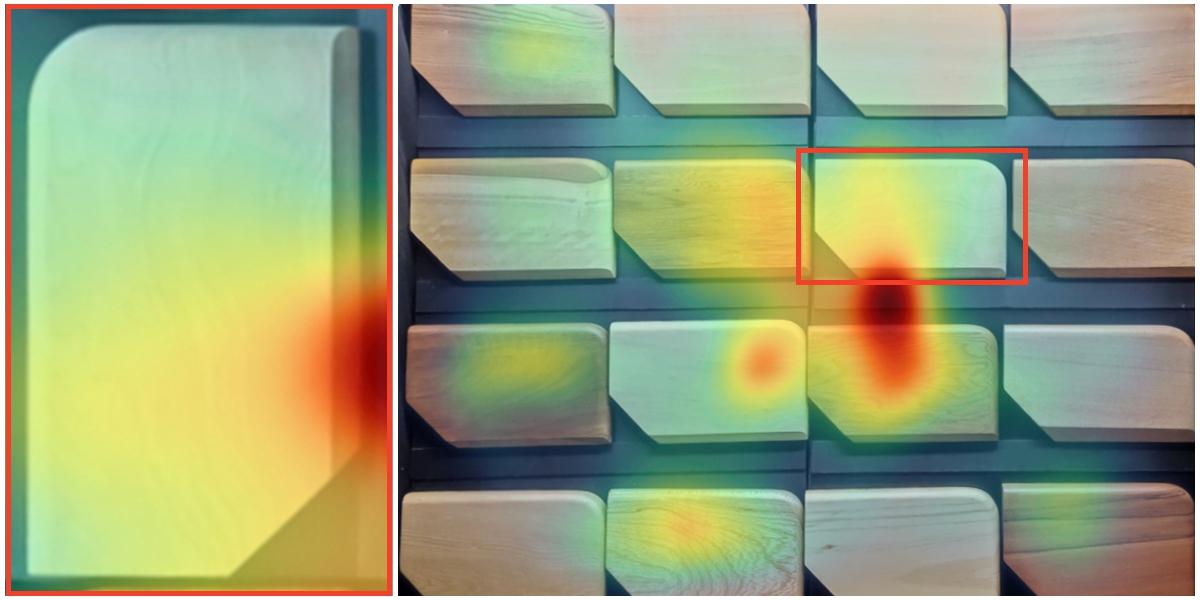Description of the species *
Deciduous tree with a pyramidal crown and stratified branching. It grows up to 30 meters high. Its trunk is cylindrical, 1.5 meters in diameter, its bark is thin, dark gray and cracked longitudinally. It is present in the national parks Nahuelbuta, Conguillío, Huerquehue, Villarrica, Torres del Paine and Cabo de Hornos. It is one of the trees that reaches the highest parts of the Andean mountain range and forms the southernmost latitude forests in the world.
Its sapwood is yellowish in color, with a characteristic pungent odor and its heartwood is pinkish, with differentiated growth rings. It is resistant to fungal attack, but not to xylophagous insects that leave small holes in the wood. It has a natural durability of 5 to 15 years outdoors. The wood is very widespread and appreciated. The Selknam and Yahgan people consumed its sap and scrapings in spring, while the former also used it to make torches.




